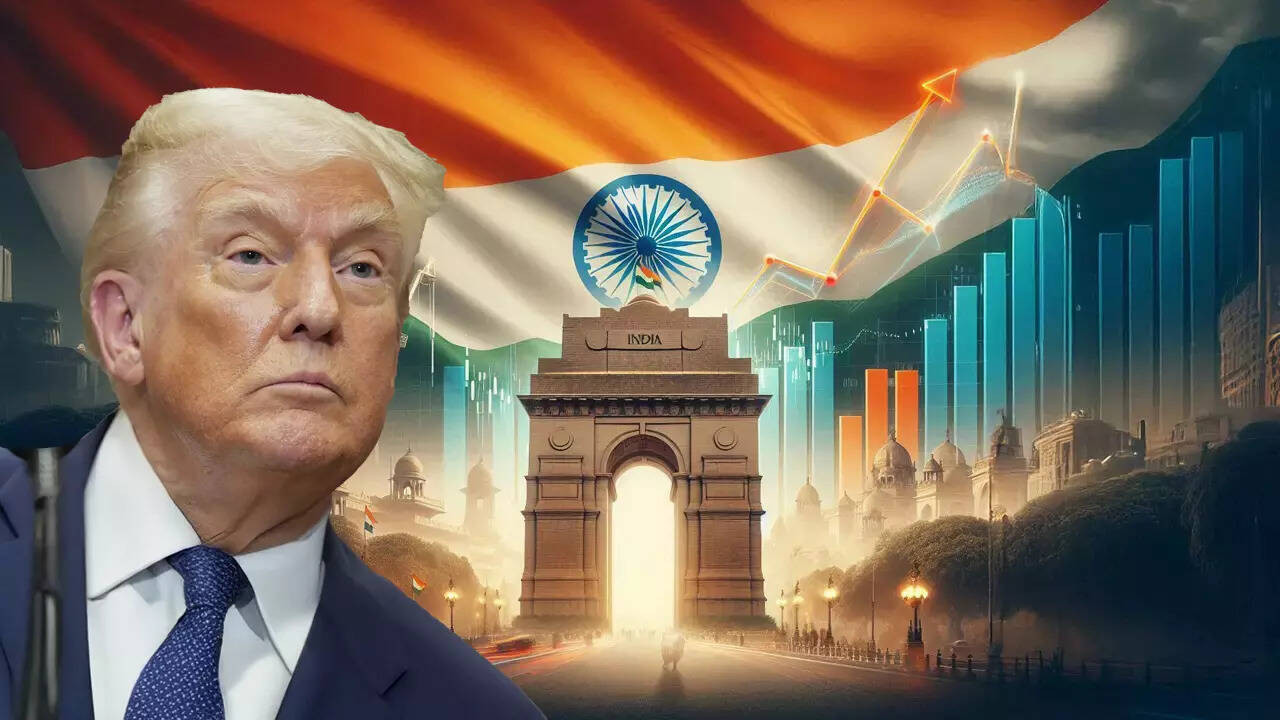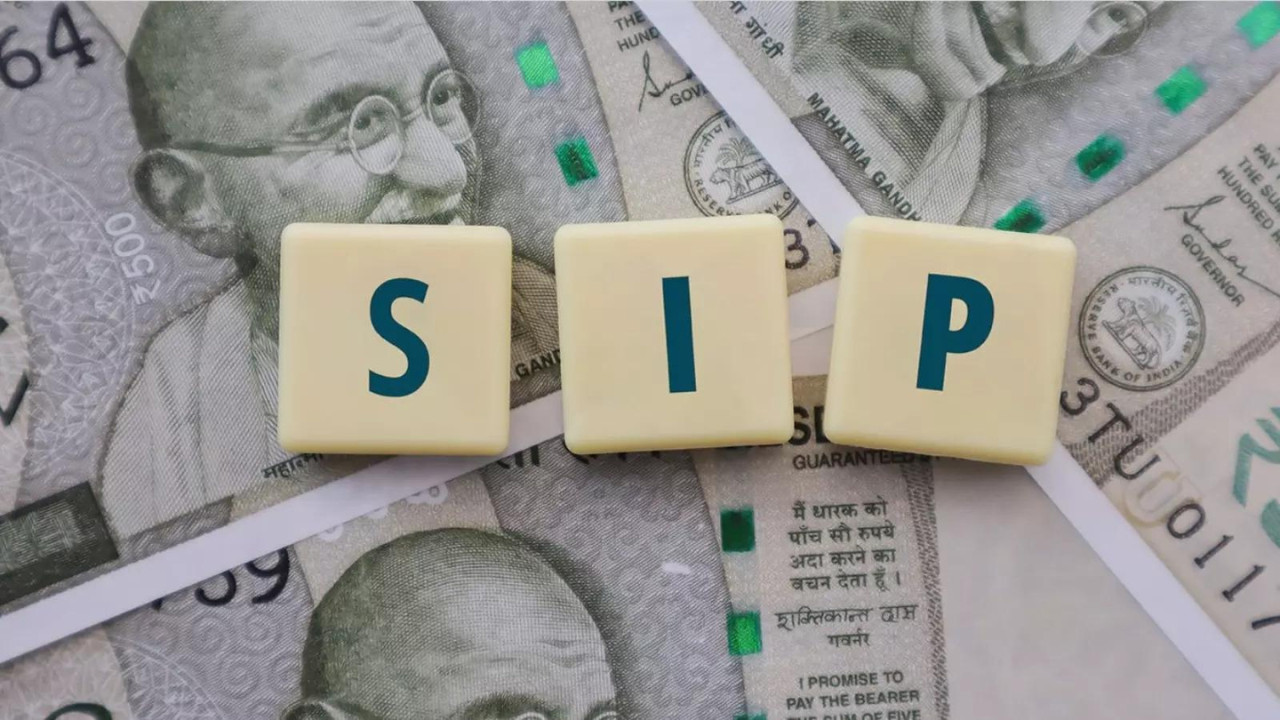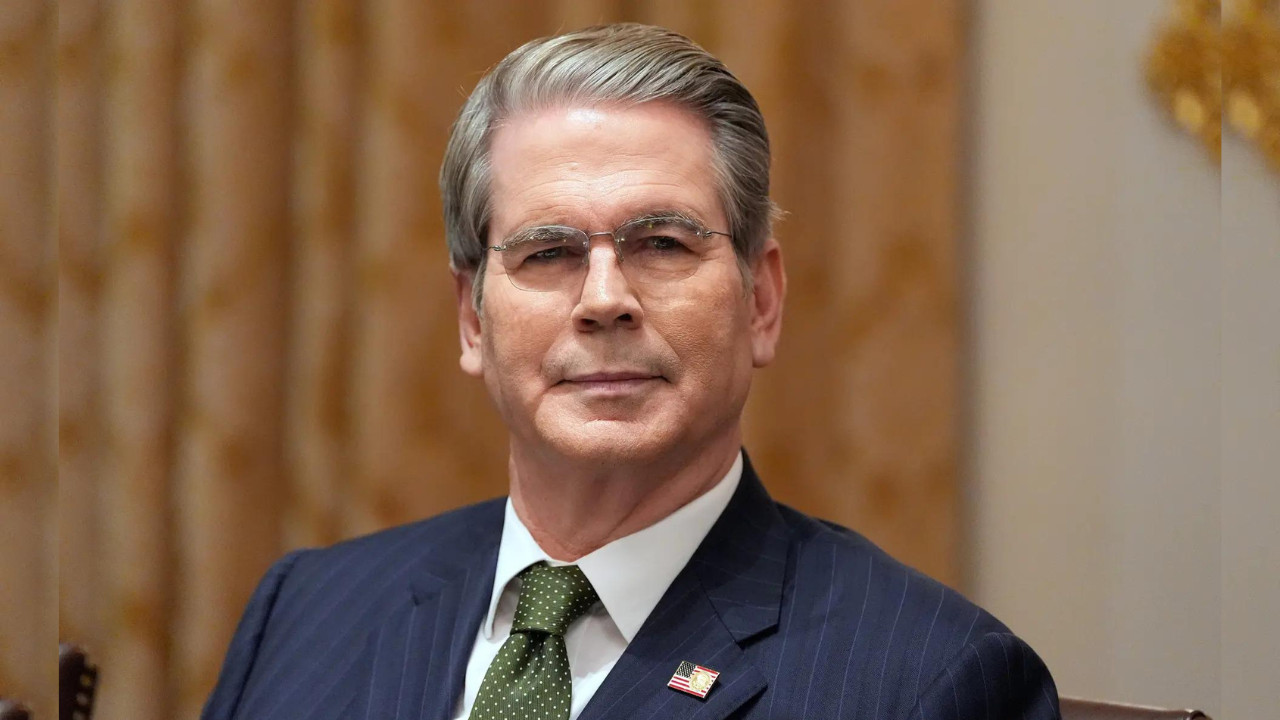The US imposition of 25% tariffs is expected to have minimal impact on India, with over half of Indian exports remaining unaffected due to existing exemptions. Trade between the two nations reached $131.8 billion in fiscal year 2024-25. India remains firm on not offering duty concessions for agricultural, dairy, and GM products, citing religious sentiments.
Navigating the Tariff Terrain: How India’s Poised to Handle Potential US Trade Winds
Donald Trump’s recent pronouncements about potentially imposing a 25% tariff on all goods imported into the United States have certainly stirred the global economic pot. While such a move would undoubtedly create ripples across international trade, the feeling in India is one of cautious optimism, a sort of “steady as she goes” approach. Is this confidence justified, or are we underestimating the potential impact? Let’s delve into what this tariff threat could mean for India and the strategic cards the nation is holding.
One of the reasons for India’s relatively calm demeanor is its diversified trade portfolio. While the US remains a significant trading partner, India has been actively cultivating relationships with other major economies. This means India isn’t solely reliant on the US market, providing a buffer against potential shocks stemming from protectionist policies. It’s a bit like having a well-diversified investment portfolio – you’re not putting all your eggs in one basket.
Understanding India’s Strategic No-Go Zones in US Trade Talks
Beyond diversification, India also possesses certain non-negotiable positions in trade discussions. Reports suggest that agriculture, dairy, and genetically modified (GM) foods are areas where India is unlikely to concede ground. These sectors are deeply intertwined with the livelihoods of a vast segment of the Indian population, particularly farmers. Opening them up to unfettered competition from the US could have significant social and economic consequences. It’s about protecting the interests of its citizens and ensuring food security.
The government appears resolute in prioritizing domestic interests. It’s a firm stance, signaling that any trade agreement must be mutually beneficial and not detrimental to vulnerable sectors. This approach reflects a growing confidence in India’s own economic strength and a willingness to stand its ground in international negotiations.

Minimal Impact? A Deep Dive into the Numbers
While a 25% tariff sounds daunting, preliminary assessments suggest the immediate impact on India might be less severe than initially feared. Several factors contribute to this assessment. Firstly, certain Indian exports already face tariffs in the US, so the increase might not be as drastic as it seems on paper for those specific goods. Secondly, some Indian exporters might be able to absorb a portion of the tariff increase, at least in the short term, to maintain their market share.
However, this doesn’t mean there won’t be any repercussions. Some sectors, particularly those heavily reliant on exports to the US, could face challenges. The key will be adaptability – finding alternative markets, enhancing competitiveness, and potentially seeking government support to navigate these choppy waters.
Looking Ahead: India’s Trade Strategy for the Future
India’s approach to this potential tariff hike reveals a broader strategic vision for its trade relationships. It’s about striking a balance between engaging with major economies like the US while simultaneously diversifying its trade partners and prioritizing domestic interests. This multi-pronged strategy positions India to weather potential economic storms and continue its trajectory of growth. You can read more about India’s growing economic influence on a global scale in our article detailing [India’s role in the global supply chain].
The ongoing negotiations and potential tariff implementation will undoubtedly shape the future of India-US trade relations. While uncertainties remain, India’s proactive approach, its strategic no-go zones, and its diversified trade portfolio suggest a resilience and determination to navigate the changing global landscape. It’s a complex equation, but India appears to be calculating its moves with a steady hand.
*
URL Slug: india-tariff-impact







